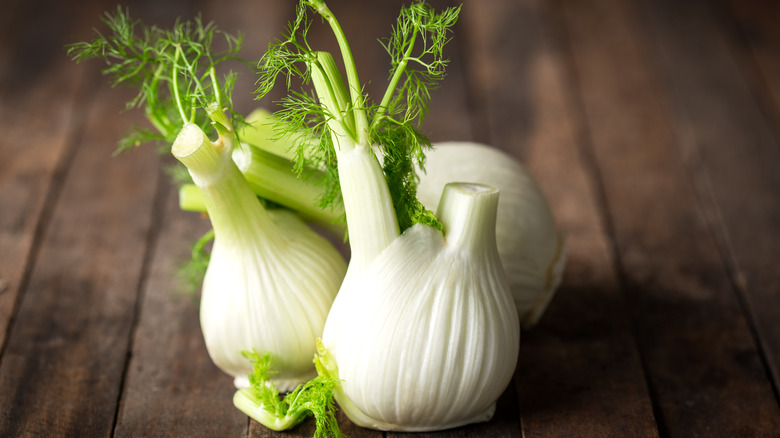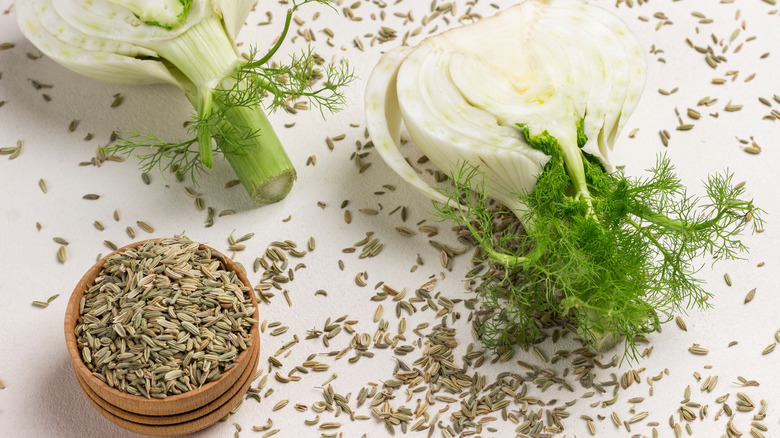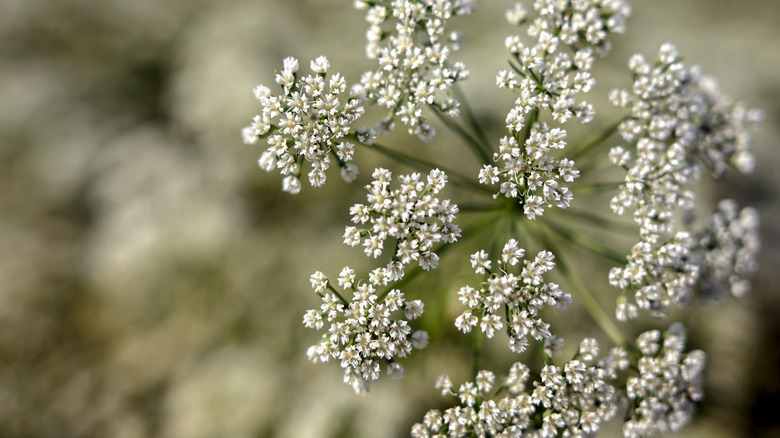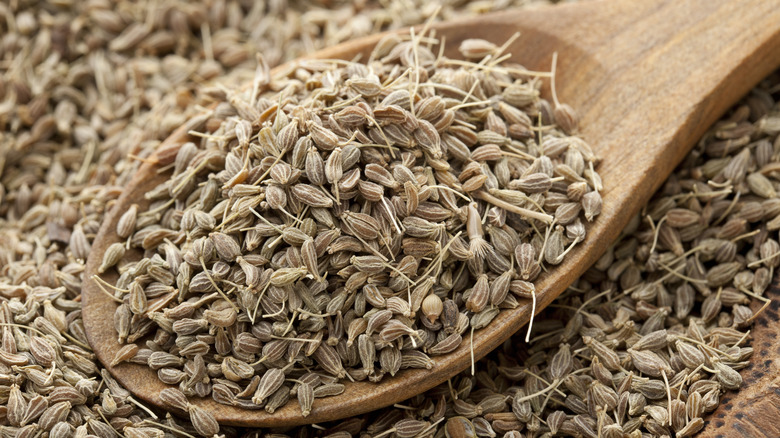What's The Difference Between Fennel And Anise?
Fennel and anise are two plants with a lot in common. However, there are important differences between the two that are worth exploring. They both have an unmistakable licorice-like flavor and a similar appearance. For culinary uses, fennel and anise can be used in similar ways but are not interchangeable. And in terms of nutrition, fennel and anise are both low in calories and high in fiber. Fennel is a good source of vitamin C, potassium, and vitamin A, while anise is a good source of calcium and iron.
Some people shy away from dishes that have fennel or anise in them because of their potent, yet similar flavor profiles. But for those who love the distinct flavor of both fennel and anise, it might be a bit confusing as to when to use each one. Once you understand what each ingredient is, however, you will quickly learn to distinguish between them and know which one is responsible for the familiar flavor in myriad dishes.
What is fennel?
Fennel is a perennial herb that belongs to the carrot family. It is native to the Mediterranean region but is now widely cultivated in many parts of the world, including the United States. Fennel is often used in Italian and Mediterranean cuisine and is prized for its sweet, slightly anise-like flavor.
Fennel is often roasted or grilled and used in salads, soups, and stews. The bulb can also be sliced thinly and used raw in salads. Fennel seeds are often used in spice blends, sausage-making, and baking — such as in rye bread.
Another difference between fennel and anise is their medicinal uses. Both plants have been used for centuries in traditional medicine to treat a variety of ailments. Fennel is known for its digestive properties and is often used to relieve bloating and gas. It is also thought to have anti-inflammatory and anti-cancer properties.
When it comes to appearance, fennel and anise have a few key differences. Fennel has a bulbous base that is white or pale green and looks similar to a cross between an onion and a celery root. The stalks are long and slender, with feathery leaves that look similar to dill.
What is anise?
Anise, on the other hand, is an annual herb that is native to the Middle East, eastern Mediterranean and western Asia. It is a member of the parsley family and is closely related to fennel. Anise, which is different from star anise, has a more delicate appearance. The stalks are thin and wiry, with leaves that are finer than fennel. Anise plants do not produce a bulb. As for its medical properties and history, anise is often used to treat coughs and colds and is thought to have antibacterial properties.
Anise is often used and considered to be a key ingredient in many liqueurs, including absinthe and ouzo. Others include anisette and sambuca. It is also often used in baking and candy-making, particularly in recipes that call for licorice flavoring. Anise seeds can be used in spice blends and are often used to flavor bread, cakes, and cookies. You might be surprised by just how many recipes include anise.
The difference between the two
One of the reasons that people often confuse fennel and anise is their similar appearance. Both plants have long, slender stalks with feathery leaves that look similar to dill. Fennel also produces a bulbous, white or pale green base that is used in cooking, while anise does not.
Despite their similar appearance, fennel and anise do have distinct flavors. Fennel has a sweet, delicate flavor with a hint of licorice, while anise has a stronger, more pronounced licorice flavor. Both plants are also used for their seeds, which have a more intense flavor than the leaves or stalks.
So, while fennel and anise may look and taste similar, they are two distinct plants with unique culinary and medicinal uses. The next time you want to make the most of their flavor, consider the recipe and which ingredient would combine into the recipe better. And remember, these two ingredients are far from an equal swap if you are looking for a substitute.



